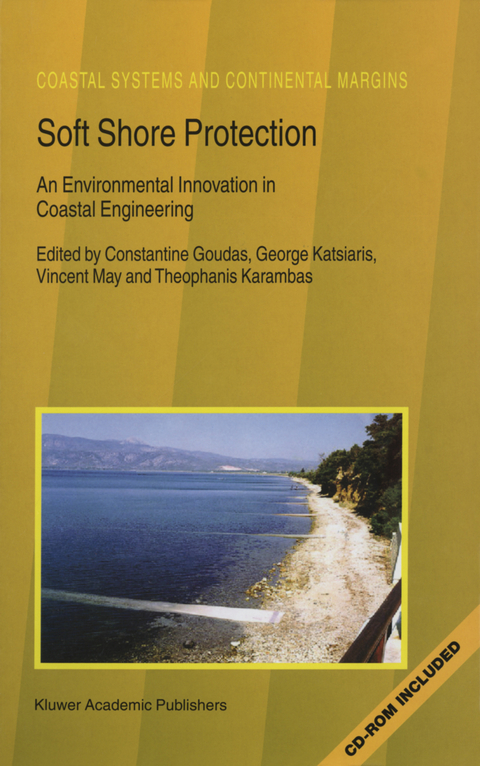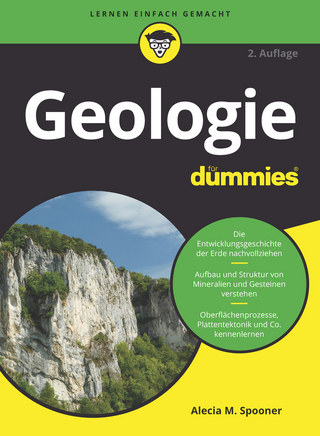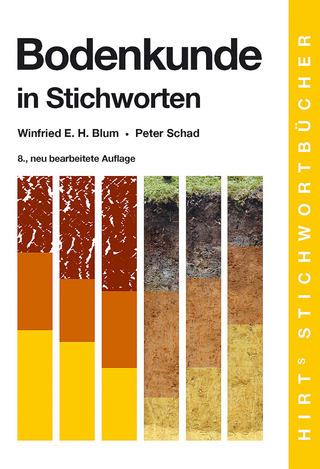
Soft Shore Protection
Springer (Verlag)
978-94-010-3966-6 (ISBN)
Softer Solutions to Coastal Erosion: Making the Transition from Resistance to Resilience.- Nourishing Eroding Beaches: Examples from the West-Central Coast of Florida.- Relative Significance of Background Erosion and Spreading Losses: An Aid for Beach Nourishment Design.- The Use of Relict Sand Lying on the Continental Shelf for Unprotected Beach Nourishment.- Predicting Morphological Changes on a Complex 3D Site Using the Genesis Model.- Methodology of Sandy Beach Stabilization by Nourishment: A Long-Term Morphodynamic Modelling Approach.- Stochastic Economic Optimisation Model for the Coastal Zone.- Shoreline Changes Induced by a Submerged Groin System.- Development of the Coastal Embankment System in Bangladesh.- Configuration Dredging — An Alternative to Groynes & Offshore Breakwaters.- Non-Linear Wave and Sediment Transport Model for Beach Profile Evolution with Application to Soft Shore Protection Methods.- ‘Soft’ Solutions for Beach Protection and Revival Along the Herzliya Eroded Beaches, Central Israel Mediterranean Coast.- Field Experiments in Relation to a Gravity-Drained System as a Soft Shore Protection Measure.- Short-Term Field Experiments on Beach Transformation Under the Operation of a Coastal Drain System.- Alternative to Traditional Ways of Treating Shoreline Erosion.- Evaluating the Effectiveness of a Submerged Groin as Soft Shore Protection.- Artificial Reef Methodology for Coastal Protection Using Submerged Structures: A Numerical Modeling Approach.- Soft Protection Using Submerged Groin Arrangements: Dynamic Analysis of System Stability and Review of Application Impacts.- ‘Back to the Beach’: Converting Seawalls into Gravel Beaches.- Micro-Scale Dynamics of Sand Transport in the Presence of Low-Height Submerged Groin Arrangements.-Management of Mixed Sediment Beaches.- Cost-Benefit Analysis and Some Engineering Considerations in Shore Protection Carried out in the Lazio Region, Italy.- Longshore Current Modification Near the Boundary by Seabed Groin Arrangements: A Numerical Approach.- Coastal Erosion Problems along the Northern Aegean Coastline: The Case of the Nestos River Delta and the Adjacent Coastlines.- Beach Nourishment: A Short Course.
| Reihe/Serie | Coastal Systems and Continental Margins ; 7 |
|---|---|
| Zusatzinfo | XVI, 398 p. |
| Verlagsort | Dordrecht |
| Sprache | englisch |
| Maße | 160 x 240 mm |
| Themenwelt | Naturwissenschaften ► Geowissenschaften ► Geologie |
| Naturwissenschaften ► Geowissenschaften ► Hydrologie / Ozeanografie | |
| Naturwissenschaften ► Geowissenschaften ► Meteorologie / Klimatologie | |
| Naturwissenschaften ► Physik / Astronomie ► Mechanik | |
| Technik ► Bauwesen | |
| ISBN-10 | 94-010-3966-6 / 9401039666 |
| ISBN-13 | 978-94-010-3966-6 / 9789401039666 |
| Zustand | Neuware |
| Informationen gemäß Produktsicherheitsverordnung (GPSR) | |
| Haben Sie eine Frage zum Produkt? |
aus dem Bereich


